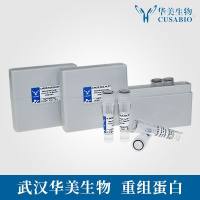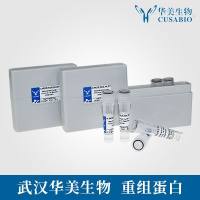Fluorescence in situ Hybridization with Bacterial Artificial Chromosomes (BACs) to Mitotic Heterochromatin of Drosophila
互联网
互联网
相关产品推荐

REXO4/REXO4蛋白Recombinant Human RNA exonuclease 4 (REXO4)重组蛋白Exonuclease XPMC2 Prevents mitotic catastrophe 2 protein homolog Short name: hPMC2蛋白
¥5268

AQPZ/AQPZ蛋白Recombinant Escherichia coli Aquaporin Z (aqpZ) (Active)重组蛋白Bacterial nodulin-like intrinsic protein蛋白
¥9720

N-Butyldeoxynojirimycin,72599-27-0,film (dried <i>in situ</i>),阿拉丁
¥4326.90

CYCB2-2/CYCB2-2蛋白Recombinant Arabidopsis thaliana Cyclin-B2-2 (CYCB2-2)重组蛋白Cyc2b-At Cyclin-2b G2/mitotic-specific cyclin-B2-2 Short name: CycB2;2蛋白
¥2616

CCNA1/CCNA1蛋白Recombinant Human Cyclin-A1 Isoform 2 (CCNA1)重组蛋白CCN A1; CCNA 1; Ccna1; CCNA1_HUMAN; Cyclin-A1; CyclinA1; G2/mitotic specific cyclin A1; MGC132235; MGC159139蛋白
¥2400

